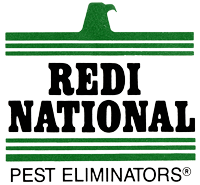Why Seattle Basements Attract So Many Spiders
Seattle, known for its lush landscapes, vibrant culture, and iconic landmarks, is also home to a lesser-known feature of its residential architecture: basements. These subterranean spaces, often dimly lit and tucked away from the hustle and bustle of city life, have become a magnet for one of nature’s most enigmatic inhabitants—spiders. As the damp climate…
